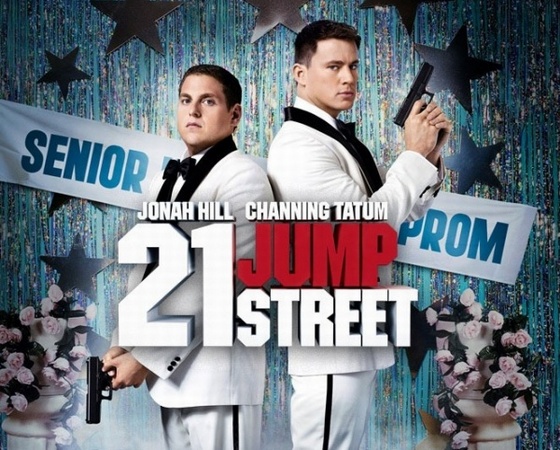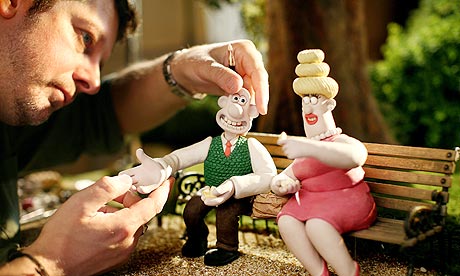This is where I'm going to plan our comedy opening sequence
Synopsis:
The comedy opening sequence that we will be creating is based on a guy that has a phobia of hoovers. The film will begin with the guy running through a town at night/early morning, although it is not clear what he is running from. He then turns down into an alleyway, where his only option is to hide in a big bin, hoping to lose whatever is chasing him. The scene then changes to the same man and a doctor in a psychiatrist's office where they begin to talk about this strange flashback/nightmare.
 Character profiles:
Character profiles:
The patient -
Johnny is a single, young male who has a fear of hoovers.
He will be wearing normal looking clothes and trainers.
His personality is kept to himself and he is quite quiet around people who he is not familiar with.
The psychiatrist -
Doctor Smith is an old/middle aged psychiatrist who is trying to help Johnny.
He will be wearing smart clothes and hopefully a suit or jacket.
He is wise, supportive and tries to help others, with a posh/intelligent voice
These are the actors that we are going to use in our project.^
Location research:


The location for the first half of our opening sequence is an empty town at night, so we decided to film this in Attleborough when it is fairly dark and quiet.
The second half of our opening sequence will be filmed in someone's living room because it can be easily arranged to look like an office.
Audience research:
For our group's short film opening, I think that the audience would be around our age group - people who find the bizarre and random events in films rather funny.
I asked a few people their opinions on the idea of a man with a fear of hoovers; here are some reactions and comments:
- "it could be really good depending on how it is produced, although I think that the idea is good:
- "I can see that idea being really good"
Script:
*The film starts in a dark street at night. Johnny is frantically running and we see shots of his face, feet, and long shots of him running. He runs down a dead end and turns in fear, his only option being to jump in a bin and hide. He screams and wakes up. He looks relieved as he realises it was only a dream.*
*The scene then changes to Dr Smith filling up a glass. He walks into a room with Johnny sitting down and he sits next to him.*
Dr Smith: "How's that?"
*Johnny nods his head, not wanting to speak.*
Dr Smith: "Right, lets get started"
This is the script for the film opening. We decided not to include much dialogue to try and show how serious Johnny is about his fear of hoovers. Hopefully, the audience will find his fear amusing but we did not want to try and put too much comedy in the opening as there are very few comedies that have humour in the first two minutes.
Prop list:
We will need quite a few props for the opening so here is a list:
As well as these, we will also need some equipment for filming:
For the characters costumes, only Dr Smith's will need to be specific because of his job and Johnny will just be playing a character with everyday style clothes, so we will ask the actor to wear clothes that they would normally wear.
Dr Smith's clothes will hopefully be as follows:
A tweed jacket or smart blazer
A smart shirt and tie (preferably ones that go well together) and a jumper to go over the top
Smart trousers that go well with the jacket
His name badge
Maybe someone with glasses can be cast because stereotypically, people with glasses are regarded as 'nerds' or more intelligent
Nice smart shoes
Storyboard:
Below is the storyboard that was created for our comedy sequence
 It started with normal baked beans in a tomato sauce in the iconic blue tin with the Heinz badge clearly displayed. After this product was released a similar company copied the idea of baked beans in tomato sauce when they saw that a lot of the 'orange tea' market was being taken by Heinz. Over the next few years Heinz added different varieties to their products, with baked beans and sausages or baked beans in curry sauce. The success of these new variations also resulted in other companies copying these new products.
It started with normal baked beans in a tomato sauce in the iconic blue tin with the Heinz badge clearly displayed. After this product was released a similar company copied the idea of baked beans in tomato sauce when they saw that a lot of the 'orange tea' market was being taken by Heinz. Over the next few years Heinz added different varieties to their products, with baked beans and sausages or baked beans in curry sauce. The success of these new variations also resulted in other companies copying these new products.























